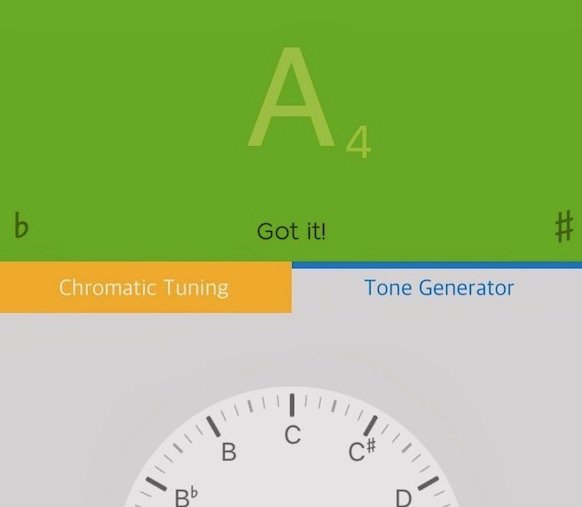If you use a tuner or tuning app, you might have wondered why there are often little numbers next to the letters. Maybe you’re seeing something like G3, F#4, or A5?
There are several octaves the human ear can register yet we only use 7 letter names to identify our individual pitches (plus their # and b versions). Even if you’ve only been playing for a little while you’ve probably already noticed that we have, for example, an open E string, but also a 1st finger E on the D string. How to keep them all straight!
That’s where these numbers can really come in handy. They’re determined by the piano keyboard, which in standard size has 88 keys, or seven octaves plus a minor third on top. So the lowest key is A but we finish on top with a C. These little numbers tell us which octave we’re talking about. In other words, whether we’re playing in a really low, bassy octave, somewhere in the middle octaves, or something high pitched. We count the octaves moving from left to right up the piano starting with A0 and ending with C8. Though the piano is based around the key of C (all white keys), with A being its lowest pitch, each new A starts a new series of numbers.

On a violin, the open strings are tuned to G3, D4, A4, E5. In other words, we’re covering the center and right side of the piano. Once we start shifting up the E string we’ll be able to essentially cover the whole right side of the keyboard minus a few notes at the top and adding a few notes below middle C. Relating this to the human voice, the violin plays in the alto and soprano vocal ranges plus a higher range beyond most human voices.
For example, here's a close up of my A string registering on a tuning app:

While we don’t need to necessarily concern ourselves with this numbering system to actually play violin (if we read sheet music, the staff is organized so we can easily see where the notes sit on the violin), it is an important concept to be aware of when tuning with a tuner. If we were to try to tune, say, the open E to E4 instead of E5 it would be much too low and we’d wonder why it sounds so strange. Or if we tried to tune it up to E6 we’d break the string long before we even got close. If your instrument is fairly out of tune and we’re not using a tuner that gives us a pitch to listen to and we're not yet used to the general sound of the open strings to help guide us, we may find ourselves in a situation where we don’t know whether we need to tune up or down without these numbers helping us along.
P. S. The tuner image above is an app called Instuner, free in the app store. See http://eumlab.cn/instuner/ The wheel and upper portion of the screen show the pitch, while the little gray half moon area at the bottom of the wheel shows which octave numbered 0-8
Piano keyboard image (and further info) care of https://www.liveabout.com/pitch-notation-and-octave-naming-2701389

